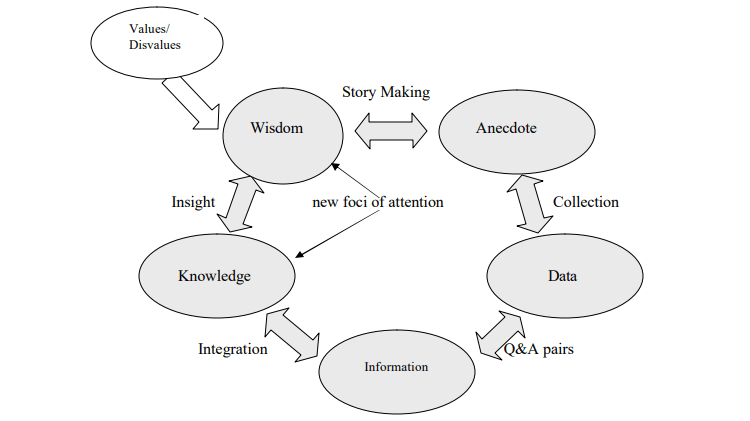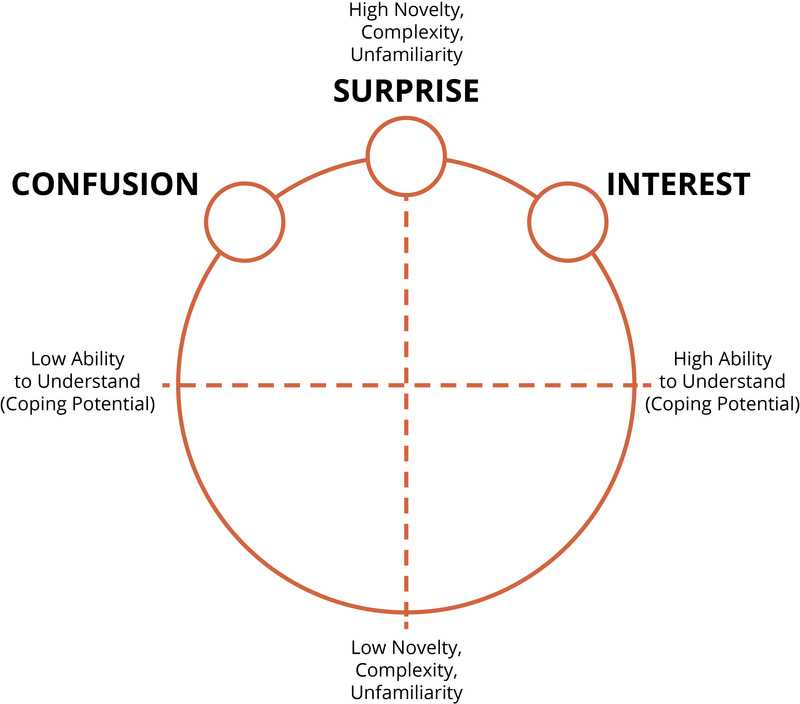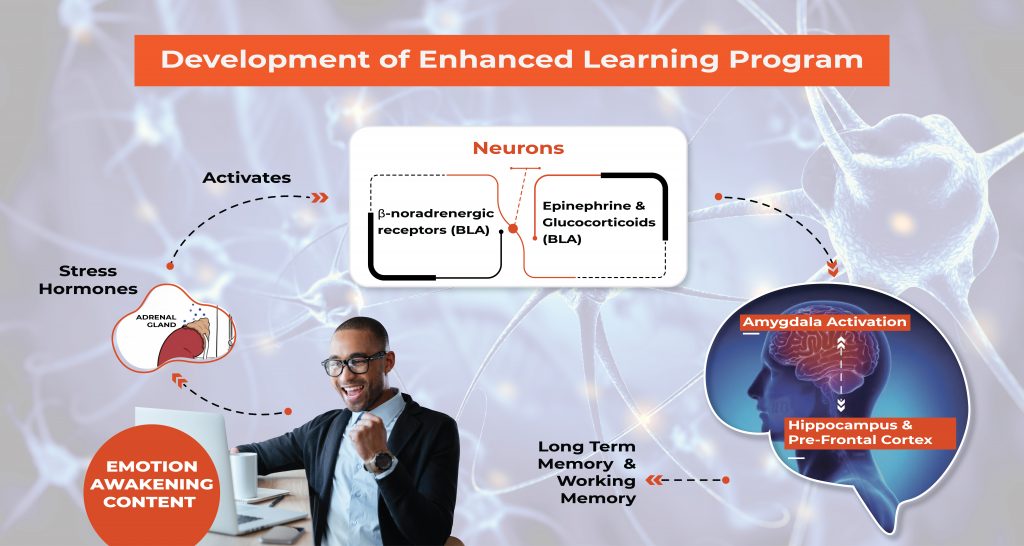All emotions are useful!
Do you know the story about “save the balloon”? We have provided a link below for context.
“I managed to prick all the balloons and saved mine until last! I had a wonderful time!” John said. His sparkling eyes clearly showed that he had been fascinated by the experience.
He continued, “… and then the trainer told us to settle down. I was happy and I was expecting some kind of recognition for winning the challenge by not letting my balloon get pricked, when the trainer said that we had all failed!”
“So, what happened,” I asked.
John replied, “I remember this incident as being a lesson in life. It was about team building, and we were never asked to prick the balloons of others, only to save our own. We each could have saved all of our balloons, but we enjoyed pricking those of others”. Find the link to the game here.
Do you remember your good and bad learning experiences up until now? Probably, those learning experiences have been retained in your memory due to the emotional awakening of pleasure or displeasure obtained by perceptual effects, appraisals, and labeling processes.
The functional organization of the brain and the mind depends on and advances due to experience. Emotions trigger and impact learning through social and cognitive influences. Such affecting events often attain a privileged status in our memory and often motivate memory retention.
We have lessons and modules, but what is desired is wisdom and story.
Learning is an intricate process. It involves practices that are influenced by the emotional and environmental factors that assist the learning process.
A paper by Research Gate suggests the role of cognition in different models of learning. These models discuss the range of emotions in an attempt to formalize an analytical model that describes the dynamics of a learner’s emotional states and does so in a language that supports metacognitive analysis.

Fig.1: Old Model: Supports Rule-Based Learning
When we construct a learning solution through a reasonable story that has differing qualities, forms drama, and is bound together in a soup of the required value systems; we immerse learners to scaffold learning. This interplay of emotions and learning can guide the employee to wisdom, directed by their long-term memory.

Fig.2: New Model: Supports Model-Based Reasoning
Understanding why emotions matter in Learning & Development (L&D)
Various theories on emotions suggest that emotions arise from what we think is happening around us or to us, not what is literally happening.
An emotional outrage is identified generally by how we feel or react. Most commonly anger, happiness, fear, anxiety, and more arise from events such as tests, examinations, homework, and deadlines, etc.
Knowledge Emotion: Apart from the above, we have another emotion family termed as knowledge emotions that fosters learning, exploring, and reflecting. The effects of these emotions are not on the body, but the mind. This group of emotions encourages learners to create new ways of thinking and develop new perceptions, which further promotes wisdom.

Fig.3 : The appraisal space of surprise, interest, and confusion.
Learning emotionally: When we provide learning opportunities in terms of safe learning environments, aligned objectives, positive career paths, useful skills, and other emotional influences that not only engage learners but also provide them with the formula to learn what they care about, they become more accepting, feel free to learn from their mistakes, and consequently comprehend the lessons.
Moderate stress: We want our employees to learn and not turn to the flight-or-fight mode caused by the amygdala part of the brain. This can be ensured with a learning curriculum that is best designed to induce only moderate stress, for example, the inclusion of unfamiliar music, images, activities, etc. However, keep in mind that what is perceived as moderate by one person will not necessarily be perceived the same way by others.
Neuroplasticity and neurogenesis: For learning to occur, learners should be involved in a challenging learning environment to which the brain will respond by building new pathways (neuroplasticity) the result of which can provoke new thoughts, viewpoints, learning and trigger new neurons to develop (neurogenesis).
Learning is defined as being the acquisition of knowledge. In the current superflux of learning requirements across industries, creating a learning solution that addresses the forgetting curve, enhances knowledge retention, and creates the desired impact is essential.
Intelligence is not fixed, and we can always improve on our skills. Reach out to G-Cube to design your expert cognitive training model, tailored to the requirements of your employees.








